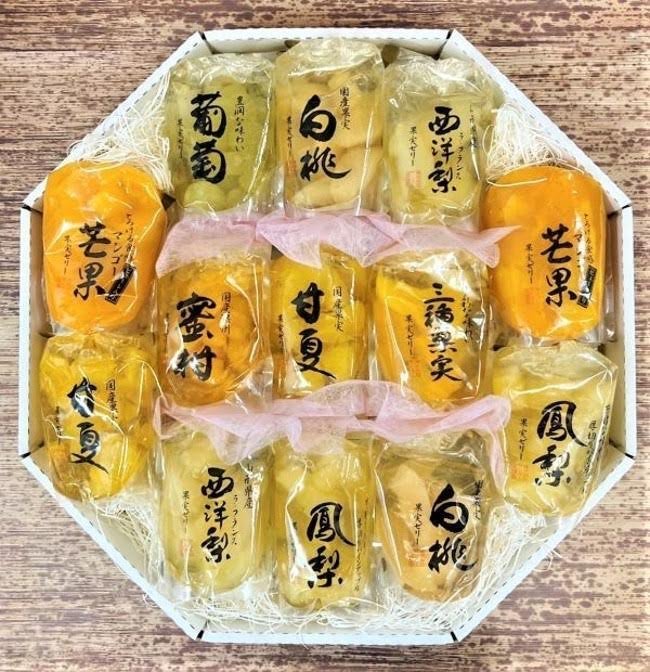The History of Funeral Traditions
페이지 정보
작성자 Wiley 작성일 25-05-31 03:01 조회 35 댓글 0본문

Funeral traditions have been an integral part of human culture for centuries, serving as a way to show homage of the deceased, provide closure to loved ones, and bring a sense of community to those who are mourning. Over the years, these traditions have undergone significant changes, reflecting shifting societal values. In this article, we will explore the evolution of funeral traditions over the years.
Historically, funeral rites were often linked to the standing of the deceased and the family's reputation. In ancient Egypt, for example, lavish tombs were constructed to accommodate the needs of the afterlife, while in ancient Greece and Rome, funeral processions were held to honour the deceased and exhibit the family's prosperity. These practices were often onerous, leaving many communities with restricted access to such events.
In the Middle Ages, funeral traditions became more sophisticated, with the introduction of romantic mourning rituals and strict dress codes for mourners. This period also saw the rise of elaborate funeral ceremonies, which were often characterized by processions, eulogies, and lavish entertainment. However, these events were also closely tied to the economic status of the family, making them difficult to access for the lower classes.
The Victorian era saw significant changes in funeral traditions, with the introduction of the "Victorian mourning period," during which the bereaved were expected to wear elaborate mourning attire and engage in elaborate rituals, such as daily visits to the deceased and private displays of mourning tokens. However, this period also saw the emergence of more modest and personal funeral ceremonies, which were led by reverends and emphasized religious reflection.
In the 20th century, funeral traditions continued to evolve, with the rise of preservation, burning and modern funeral parlors. These developments made it possible for more people to hold funerals, regardless of their social position. However, this also led to a more market-driven approach to funerals, with many families opting for lavish and expensive ceremonies that often prioritize show over spirit.
In recent years, funeral traditions have undergone a significant shift towards more customized and eco-friendly practices. This is reflected in the growing popularity of natural coffins, green burial options, and DIY funerals, which allow families to honour their loved ones in a more intimate way. Additionally, the rise of burning has opened up new possibilities for scattering ashes, allowing families to create unique and customized ceremonies that reflect the deceased's nature and desires.
The internet and social media have also had a profound impact on funeral traditions, with many families using electronic platforms to display memories, organize funerals, and engage with loved ones who are unable to attend in person. This has created new opportunities for people to engage in meaningful ways with the deceased and to honour their loved ones in a more flexible and available way.
In conclusion, the evolution of funeral traditions over the years reflects the modifying needs and values of society. As we continue to navigate the complexities of mourning and death, it is essential to understand the importance of creating customized and meaningful funeral ceremonies that honour the deceased and offer solace to the bereaved. Whether through traditional or non-traditional practices, 葬儀 札幌 funeral traditions offer us a unique opportunity to meditate on the life of the deceased, mourn their legacy, and interact with others in a time of grief.
댓글목록 0
등록된 댓글이 없습니다.



